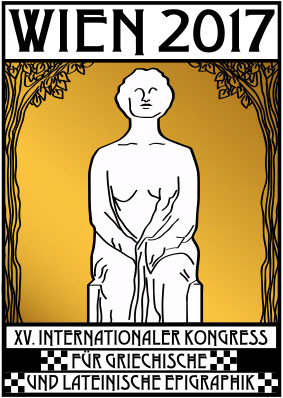Abteilung der Verse in den spätantiken Epigrammen von Griechenland
DOI:
https://doi.org/10.25365/wbagon-2019-1-21Abstract
The article is concerned with the problem of distribution of verses in ca. 200 late (late 3rd to early 6th century A.D.) verse inscriptions from the area of modern Greece. The private funerary epigram is the best attested type, although there are dedicatory, honorary and building epigrams. Around 30 too fragmentary objects fall out. Earlier phases of distribution of verses had to be ignored.
I classify the distribution regular in case each verse is cut on a single line: 164 examples exist. There are five classes of irregular distribution:
A) The end of a verse and the beginning of another verse cut on a single line: only 3 examples (e.g. IG IV 2, 1254 in Corinth)
B) Each verse cut on two/three lines, with indentation: not more than 3 examples (e.g. SEG 11, 773 in Sparta)
C) Each verse cut on two lines: 25 examples, equally usual in public and private epigrams ( e.g. IG II/III 2, 13440 in Athens)
D) Each verse cut on one or two lines, with indentation: only 2 examples (e.g. IG II/III 2, 13374 in Athens)
E) Each verse cut on several lines, without indentation: 13 examples, mostly funerary epigrams (e.g. IG IV 2, 1471 in Corinth)
F) Two verses cut on a single line: only 4 examples, mostly building epigrams (e.g. IG IX, 2, 1, 1199 I in Thessalonica)
Downloads
Published
License
Copyright (c) 2019 authors

This work is licensed under a Creative Commons Attribution 4.0 International License.

